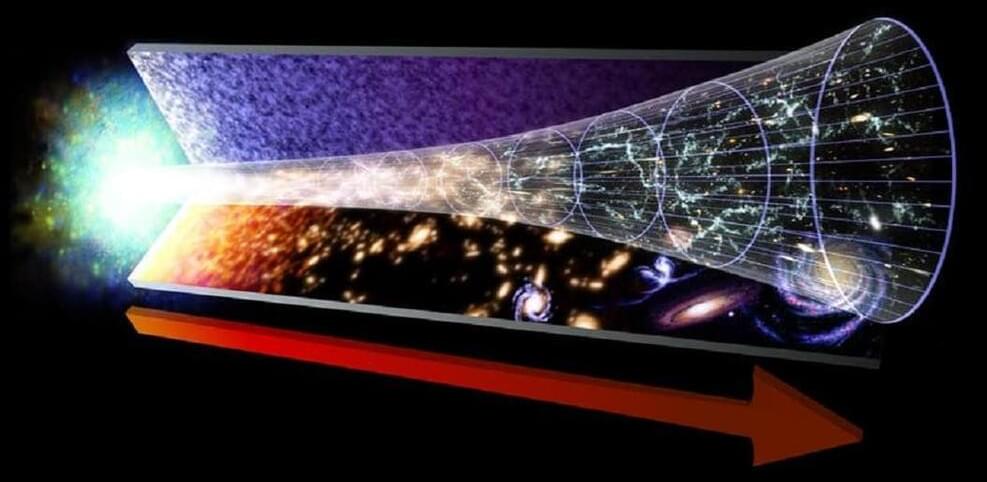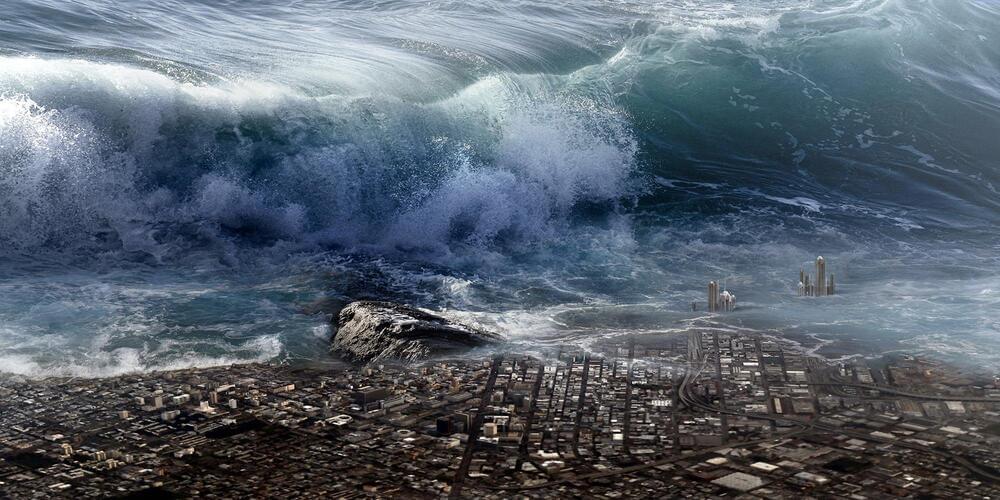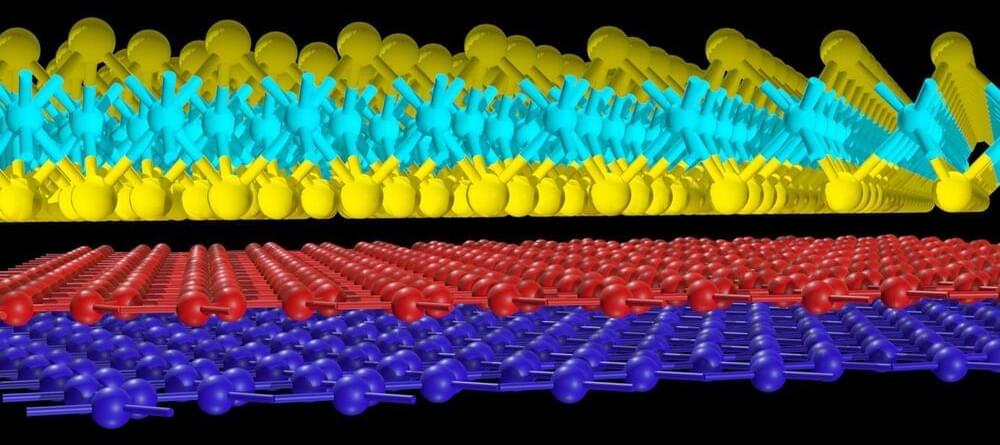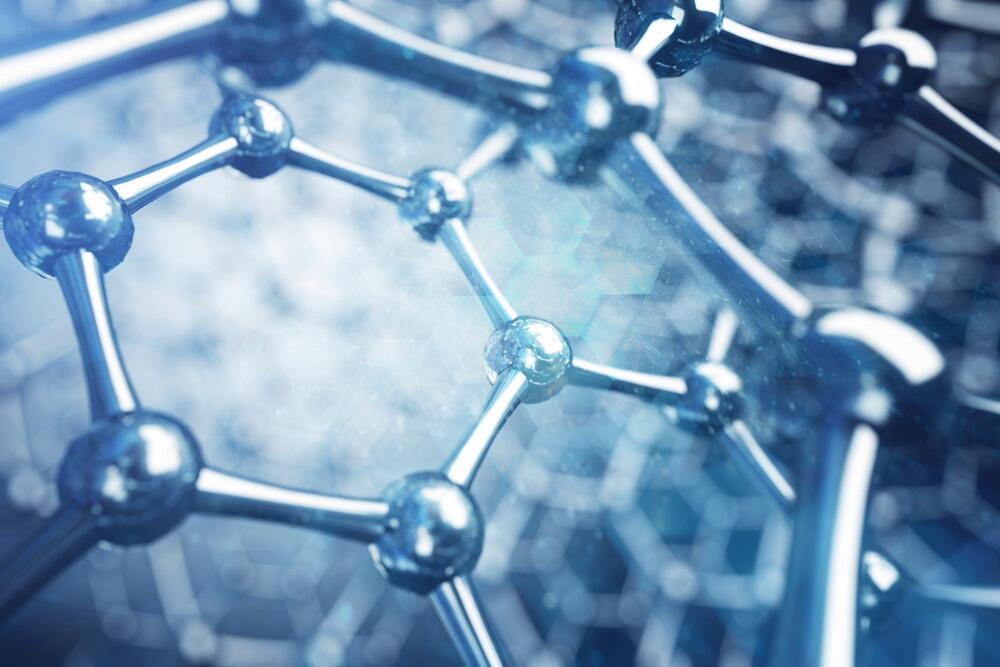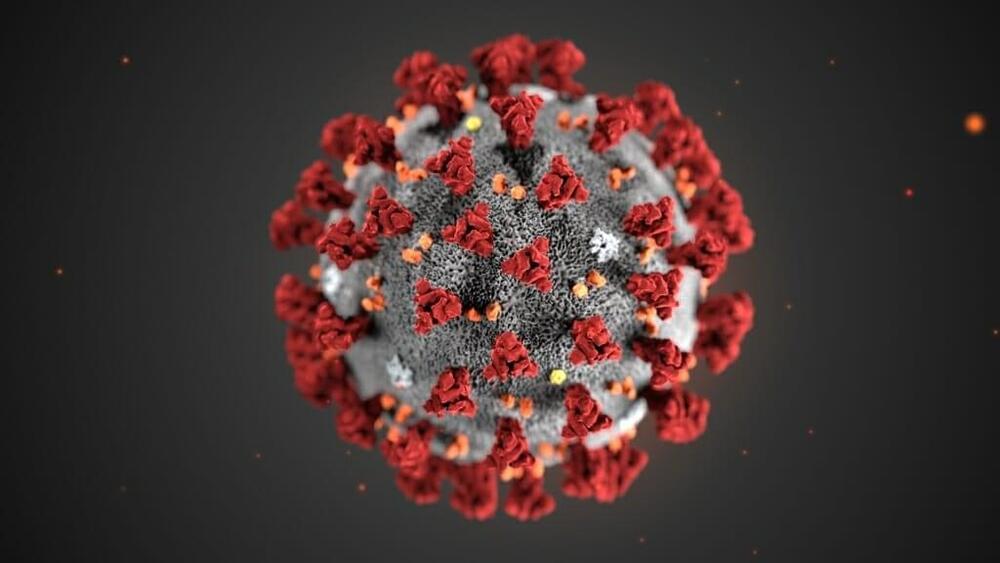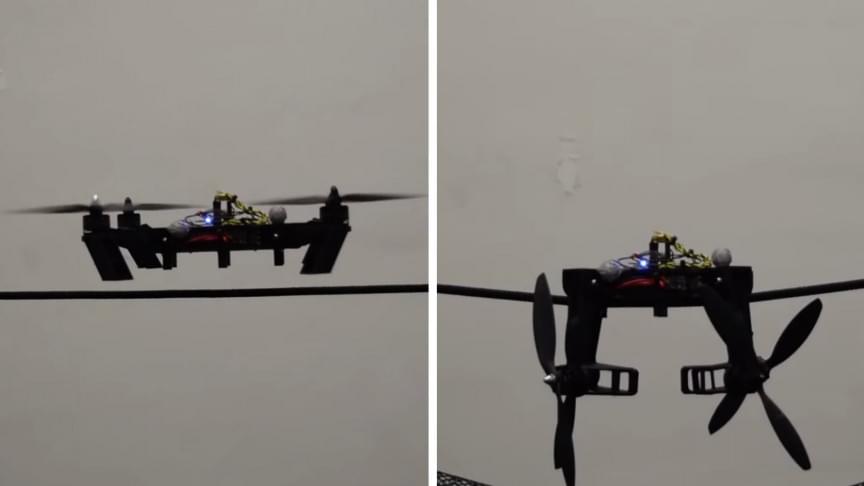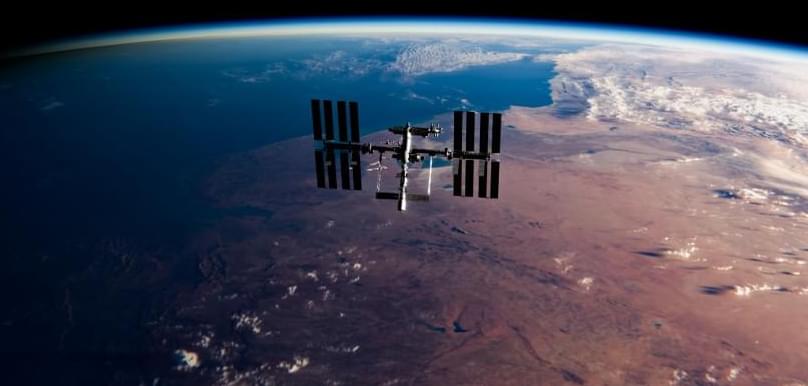READER QUESTION: My understanding is that nothing comes from nothing. For something to exist, there must be material or a component available, and for them to be available, there must be something else available. Now my question: Where did the material come from that created the Big Bang, and what happened in the first instance to create that material? Peter, 80, Australia.
“The last star will slowly cool and fade away. With its passing, the universe will become once more a void, without light or life or meaning.” So warned the physicist Brian Cox in the recent BBC series Universe. The fading of that last star will only be the beginning of an infinitely long, dark epoch. All matter will eventually be consumed by monstrous black holes, which in their turn will evaporate away into the dimmest glimmers of light. Space will expand ever outwards until even that dim light becomes too spread out to interact. Activity will cease.
Or will it? Strangely enough, some cosmologists believe a previous, cold dark empty universe like the one which lies in our far future could have been the source of our very own Big Bang.
